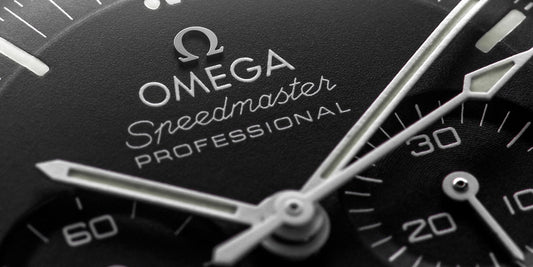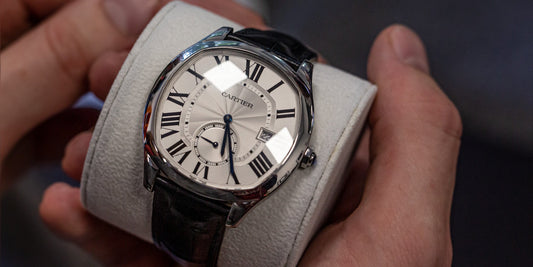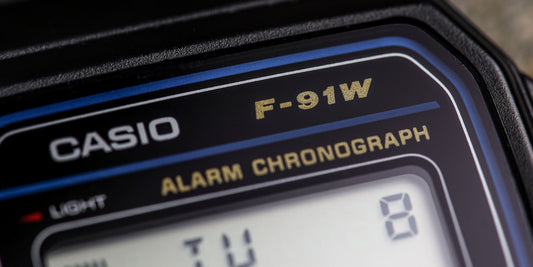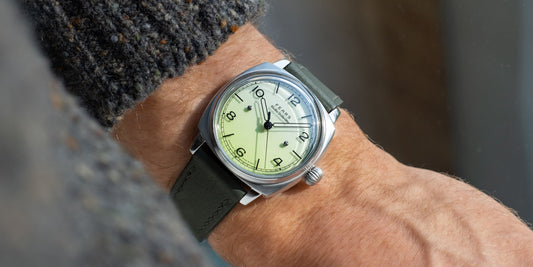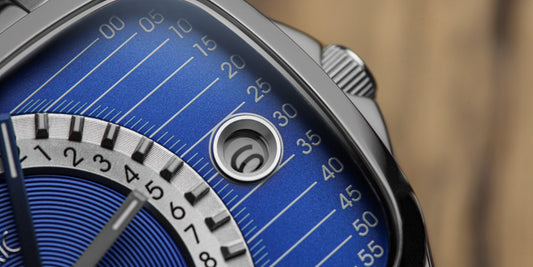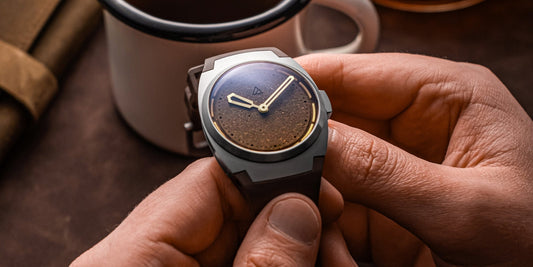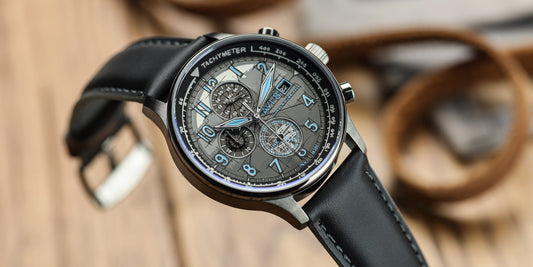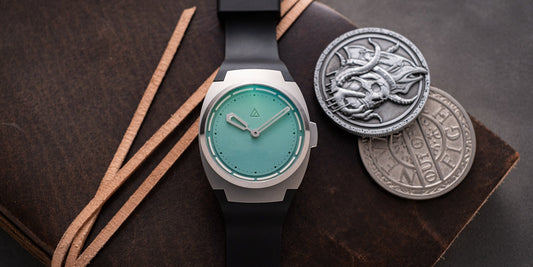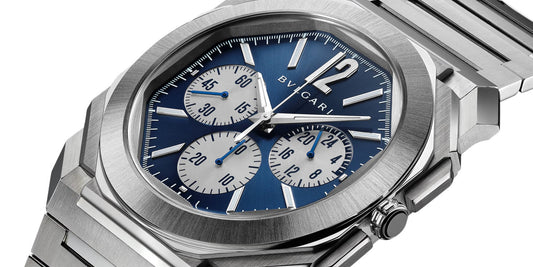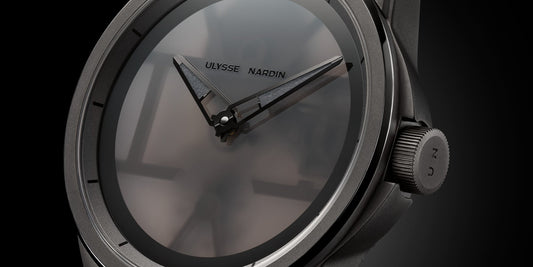In an industry dominated by words like “unique” and “icon” it would be easy to assume that modern classics are rolling off production lines or being delicately lifted from the cradles of creation that are master watchmakers’ benches on a daily basis.
However, that is and never has been the case.
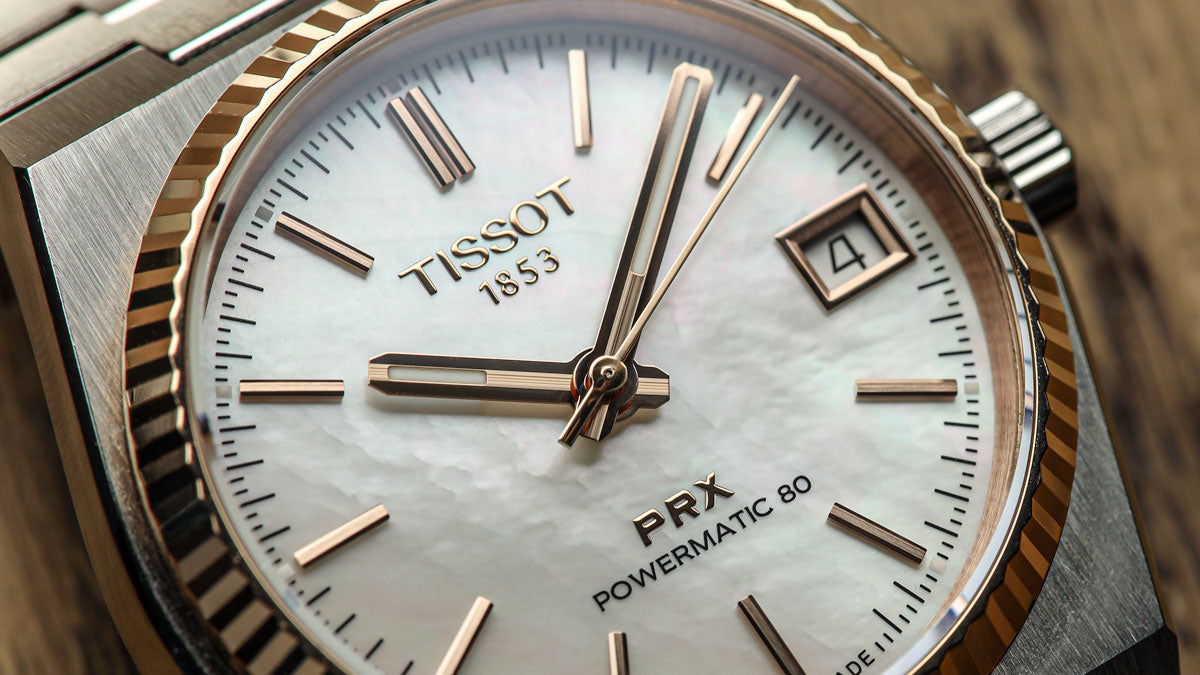 Tissot PRX 35mm Powermatic 80 - Credit WatchGecko
Tissot PRX 35mm Powermatic 80 - Credit WatchGecko
True classics are rare. Their existence in the modern landscape of watchmaking is perhaps rarer still. Yes, we still have the Audemars Piguet Royal Oak, the Patek Philippe Nautilus, and pretty much every sports model ever produced by Rolex to keep the conservative amongst us comfortable, but we’ve seen plenty of irrefutably important watches from the past remain just there.
We had to wait decades for the Vacheron Constantin 222 to return. While we might be about to see the Universal Geneve Polerouter revived in all its glory now Breitling has, in a shock move, secured the rights to the company, we’ve been pining all too long for the quietest (and, whisper it, possibly best) model to burst forth from the pen of Gerald Genta.
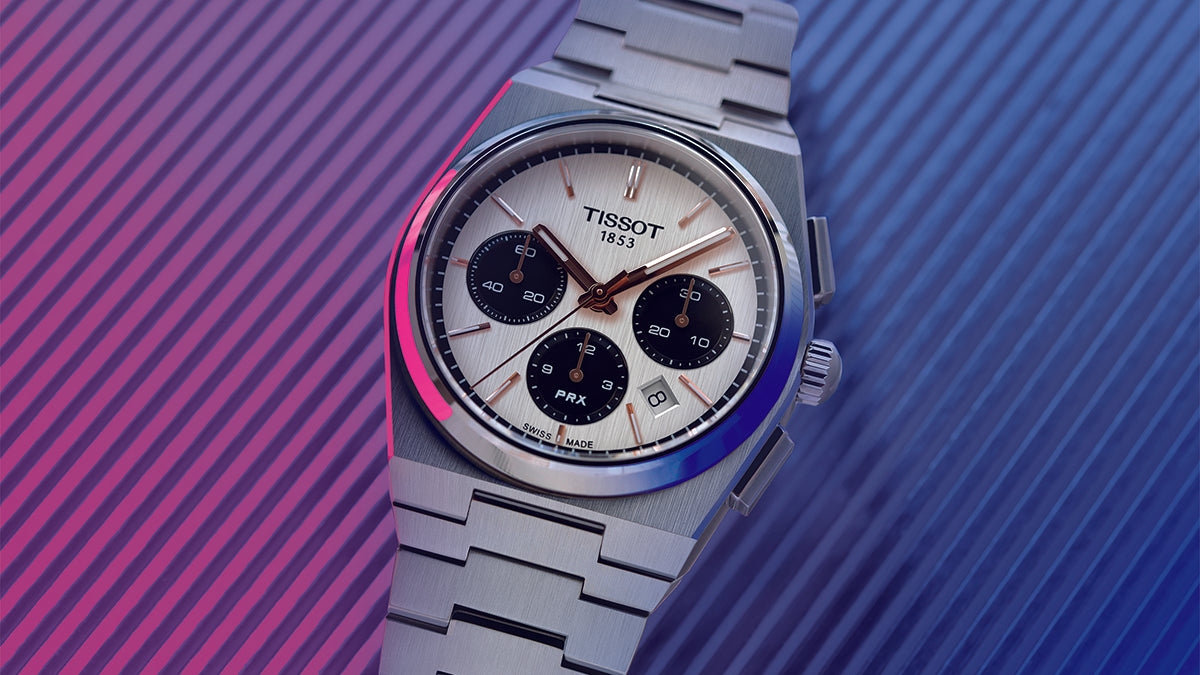 Tissot PRX Chronograph - Credit Tissot
Tissot PRX Chronograph - Credit Tissot
The IWC Ingenieur languished in the doldrums for what felt like an eternity while all the brands positioned around it were flogging their integrated steel sports watch models for all they were worth (and, as the recent collapse of the secondary market has shown, often a lot more). And even when the Ingenieur did make its long-awaited (and surprisingly successful) return, it was priced way, way out of reach for most people. As beautiful as the new models are to my eyes, the price tag causes them to water.
And that’s part of the problem. Pricing. While none of the aforementioned watches were ever cheap, they were not necessarily debuting at price points so far beyond the reaches of the everyday admirer.
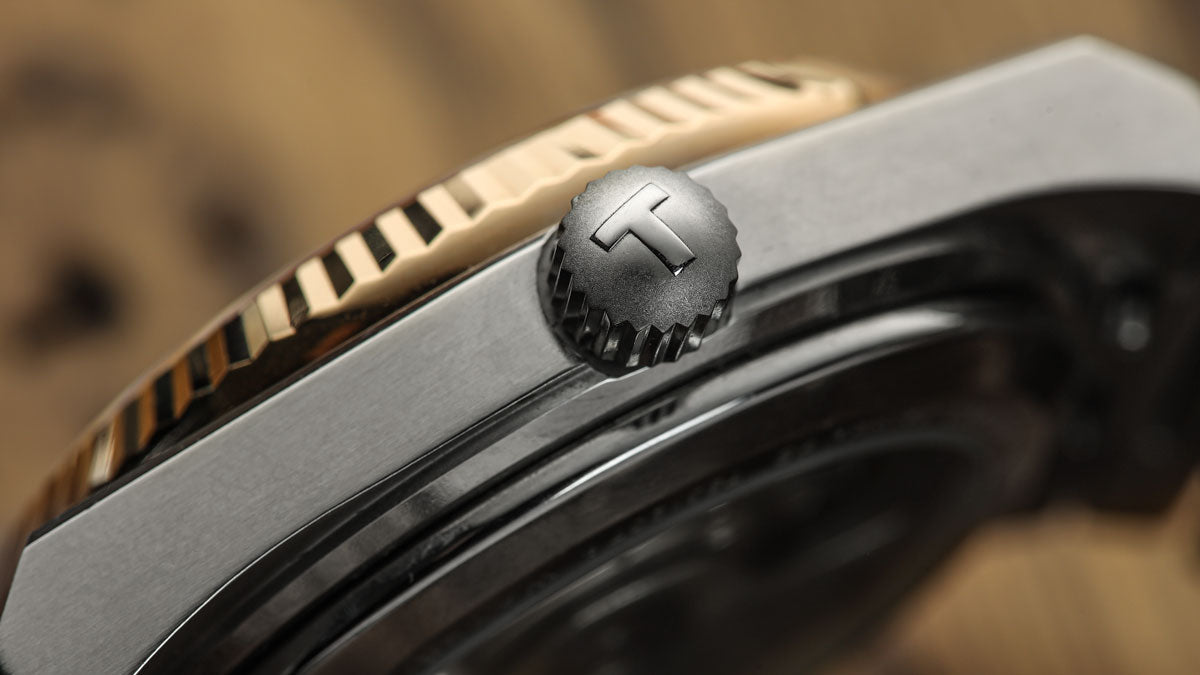 Tissot PRX 35mm Powermatic 80 - Credit WatchGecko
Tissot PRX 35mm Powermatic 80 - Credit WatchGecko
The price for an Audemars Piguet Royal Oak when it was first announced at Baselworld in 1972 was 3,00 Swiss Francs. At the time, that was (astoundingly) more than a gold Patek Philippe, but, since then, pricing has exploded relative to the actual inflation rates of currency.
CHF 3,300 in 1972 is equivalent to roughly 9,100 Swiss Francs in 2024. That represents an average annual inflation rate of 2.01% over the intervening 51 years, with a total cumulative increase of 175.73% over the original retail price.
The current catalogue price of a standard, time and date Audemars Piguet Royal Oak in stainless steel is CHF 24,900. That’s almost exactly two and a half times more than it “should” be. Throw into the mix that average wage increases still don’t align with inflation and you have a serious problem for the less moneyed collector. And it doesn’t end there…
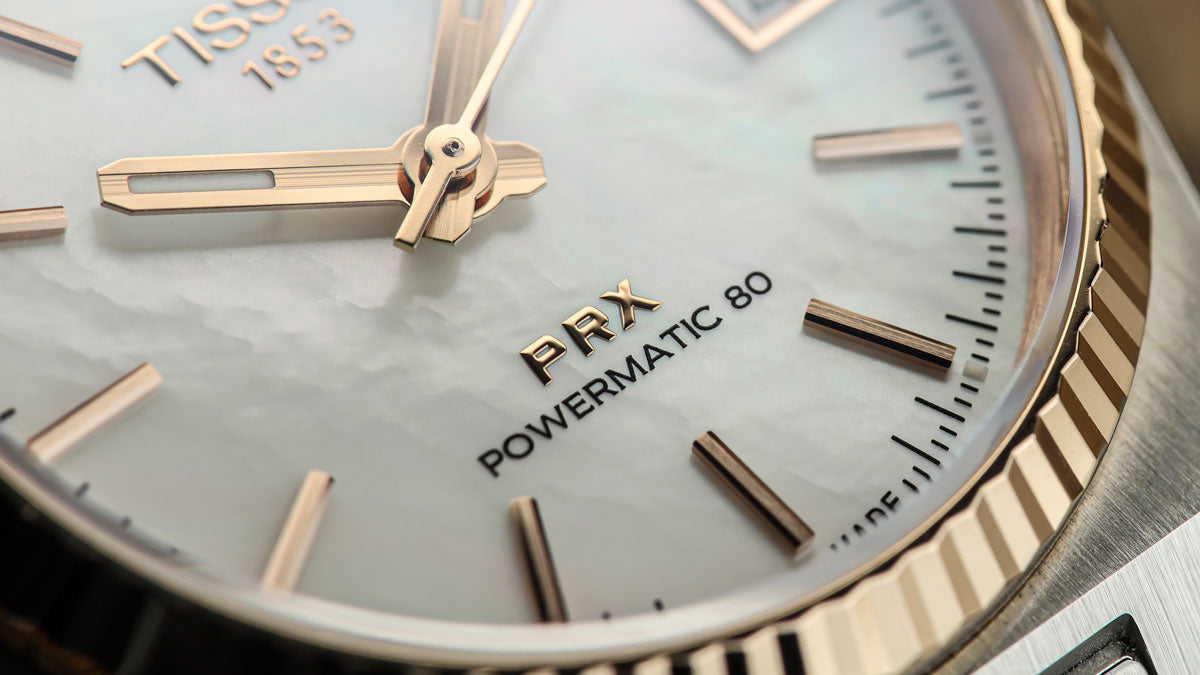 Tissot PRX 35mm Powermatic 80 - Credit WatchGecko
Tissot PRX 35mm Powermatic 80 - Credit WatchGecko
Partly because of the success of watches in this particular genre and partly because of high-end watches’ exponential increase in desirability and at least perceived value, newer brands releasing competitors to these dyed-in-the-wool stalwarts are positioning their models at similarly jaw-dropping levels from the get-go (or at least very soon after the get-go as soon as they realised they were on to a good thing).
Take the Czapek Antarctique, for example. It is one of my favourite watches ever released and deserves every ounce of success and acclaim with which it has met. However, when it entered the market in 2020, it retailed at CHF 18,000 excluding taxes. While the inaugural model, the Terre Adélie Secret Alloy was quickly sold out, it was replaced later that year by a comparable model called the Passage de Drake, which retailed slightly higher at CHF 18,400 (also excluding taxes). Nowadays, if you were able to buy a Passage de Drake at retail price (which you can’t because they’re currently all spoken for thanks to multi-year waiting lists), you’d have to pay 22,000 Swiss Frances (excl. taxes), which outpaces inflation by around CHF 2,500 over that timespan.
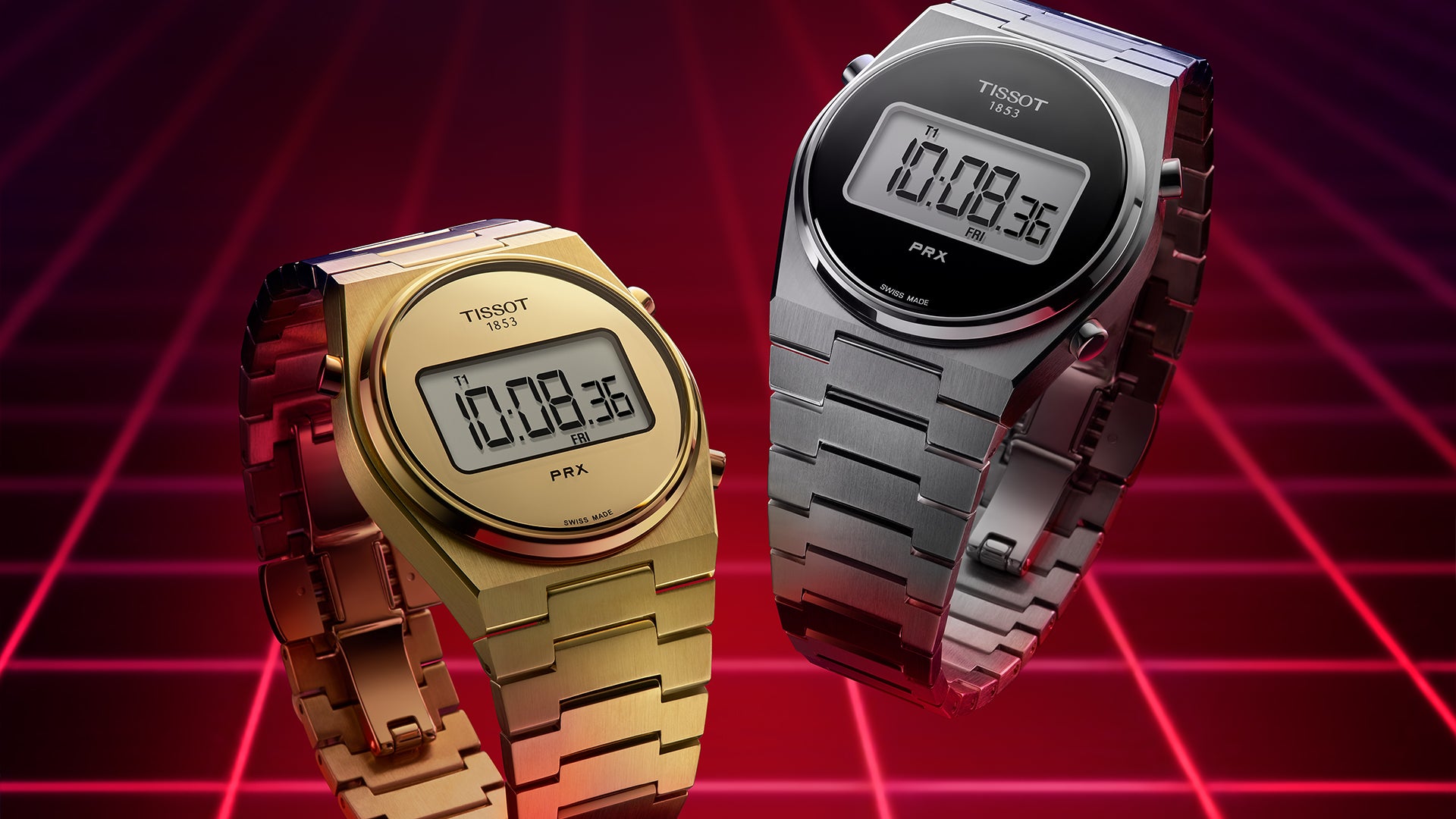 Tissot PRX Digital - Credit Tissot
Tissot PRX Digital - Credit Tissot
Of course, when a brand realises it has struck gold and then very quickly realises its five-year plan isn’t worth the paper it’s written on, price increases make the world of sense for a couple of reasons. Firstly, this is a business. You can’t be too soft in the heart when you’re fighting every day for a slither of attention in an overcrowded marketplace dominated by some very big bullies indeed. Secondly, the requirements and responsibilities of a brand change when it hits pay dirt. In Czapek’s case, the sudden swell of interest in the brand meant that internalising as many of the production processes as possible was suddenly of paramount importance should it hope to fulfil all the orders it had taken in a reasonable timeframe and, thereafter, be able to provide the top-notch customer service its clients would naturally expect after shelling out five figures for a new sports watch.
Ultimately, this modern success and others like it (like the Bvlgari Octo Finissimo and H. Moser & Cie. Streamliner) trod the same path. It wasn’t intended to price out fans of the style; the strategy’s intention was to take down the established icons.
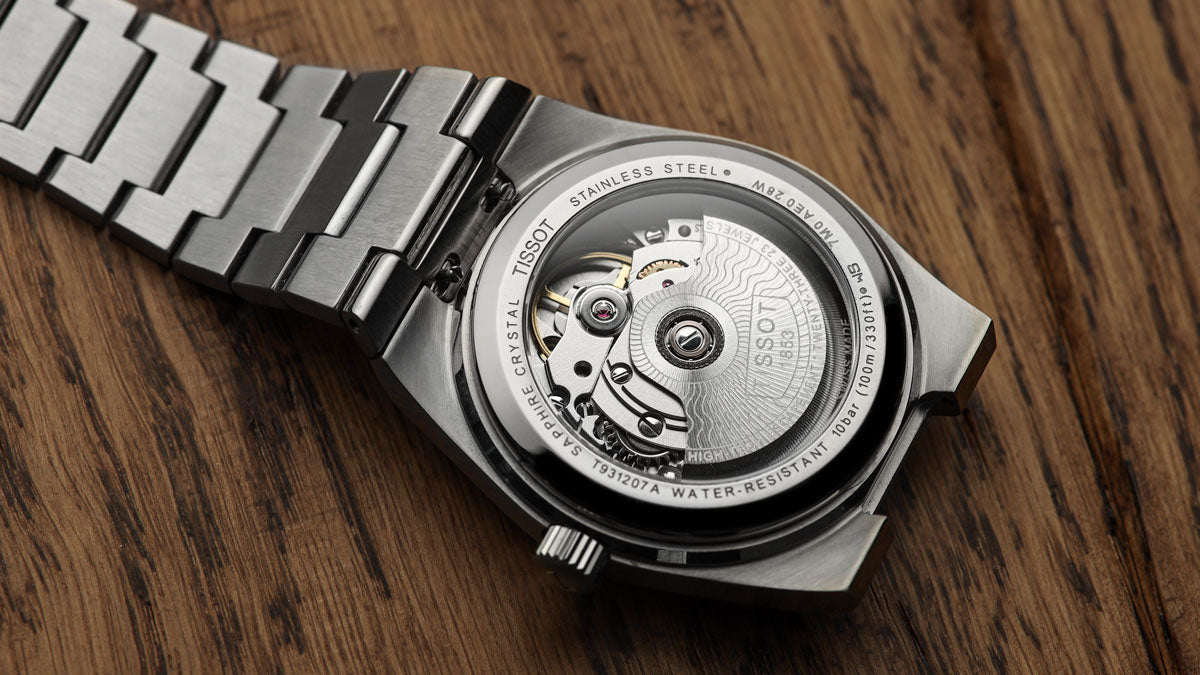 Tissot PRX 35mm Powermatic 80 - Credit WatchGecko
Tissot PRX 35mm Powermatic 80 - Credit WatchGecko
And so it makes sense. I’m not criticising the strategy at all. In fact, I support it. I even encouraged it at the time the decisions were being made. But this isn’t an article about why brands do what they do and why that’s okay or otherwise. This article is about what remains for the average watch consumer to consume within their budget and how Tissot might have made a move that is arguably as revolutionary for the future of its own entry-level watch class as AP’s move in 1972 was for the class it spawned.
For too long, good quality, affordable, integrated bracelet sports watches from major names in the watchmaking game were far too absent. And then the Tissot PRX launched and turned everything on its head.
The most affordable Tissot PRX on a steel bracelet comes in at CHF 365 (and I’m still using Swiss Frances for comparative purposes, but in GBP the same watch costs £335). If we project that back in time to 1972 when the Royal Oak debuted it is, of course, a lot cheaper (CHF 133), but to compare the initial pricing of these two models and proclaim them to be vastly different is to miss the point of what each one was trying to do for its own generation.
Both are, with no hint of exaggeration, game changers.
 Tissot PRX Auto - Credit Tissot
Tissot PRX Auto - Credit Tissot
In 1972 the Audemars Piguet Royal Oak made waves because of its price even though it was relatively much more affordable than it is today. It made steel luxurious. It created a watch class of its very own. That watch class would go on to be fleshed out over the years to the point at which it has become perhaps the most important genre in the industry, but prior to 1972, pre-Royal Oak, it simply didn’t exist.
Now, in 2024, the Tissot PRX is trying to do something else. It is trying to rebalance the scales. It’s trying to do something that wouldn’t have been possible in 1972 because the scales hadn’t yet been constructed (or maybe even conceived).
Tissot is a serious brand. It’s part of the Swatch Group and has incredible resources available to it. It is a storied, heritage brand with a past and a legacy worth respecting. For many, a Tissot watch is an aspirational item and a mark of quality and taste. This isn’t a microbrand attempting to upend the apple cart; it is one of the industry’s most established entry-level heavyweights flexing its muscles in the face of sky-rocketing prices and global financial turmoil.
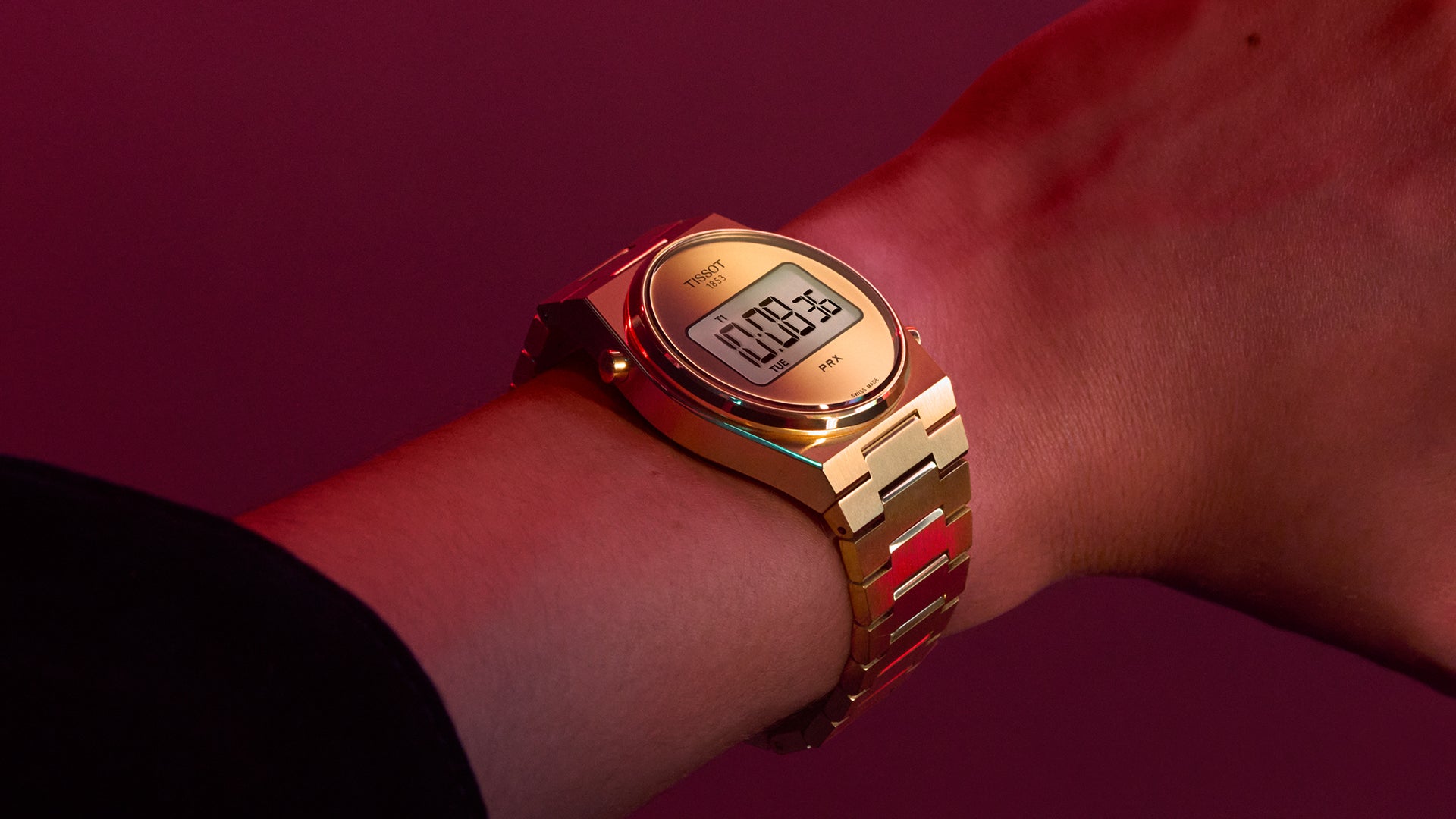 Tissot PRX Digital - Credit Tissot
Tissot PRX Digital - Credit Tissot
Tissot is able to do what so few independent brands can because it is one cog in a massive machine. It has the economy of scale on its side. The Swatch Group has deep pockets and can move money around as and when it is necessary to give each of its members the promotional boost they may need to make it to the next level. And that is what Tissot has done with the PRX.
Is it a new design? Barely. It borrows queues from many of its genre’s titans. But is it well-made, reputable, fun, and affordable? It truly is. And so what Tissot has done that AP succeeded in doing all those years ago, is encourage a generation to look at luxury watches in a different way.
Back in the seventies, it might well have been about testing the market and figuring out if a watch made from humble steel could be so desirable it would be unaffordable for the masses. Now, however, it’s about making sure that watch collectors who love that style can afford to get it on their wrists. And thanks to the Tissot PRX collection, that’s never been easier than it is today.






